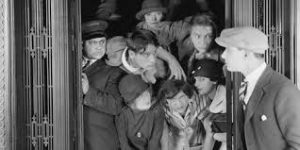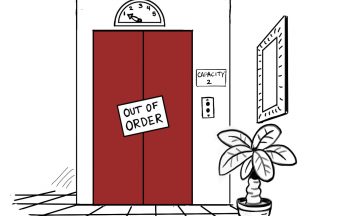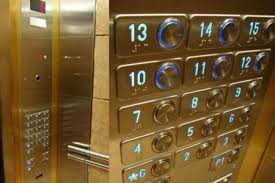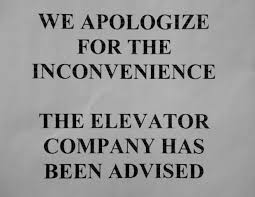 October 2019
October 2019
Elevators are a constant source of complaint in high-rise communities. A non-functioning elevator can be out of service for weeks waiting for repair thus disrupting the activities of virtually all residents. Minimizing this inconvenience requires more than general maintenance. It requires that elevator users avoid actions that can cause elevator problems.
Elevators are sensitive to movement, weight and balance. Capacity limits – weight and occupancy – should be observed. When travelling in an elevator stand in place. Avoid bouncing or other activities that can change the cab’s speed or balance and cause safety systems to activate.
In February 2018 two CityPlace residents – father and daughter – became trapped in an elevator that stopped during transport. The father was hopping on one foot to occupy his daughter. This event, captured by surveillance video, caused safety mechanisms to properly engage when the hopping caused the elevator to bounce and change cab speed. The resident was charged $875 for the emergency service call caused by “user misuse”. When the fee was not paid a notice of lien was sent to ensure payment.
An owner can be held financially responsible when a resident or guest action in an elevator causes it to stop working. Any such failure can cause them or others to be trapped in the elevator cab for hours. Video surveillance can document what was occurring in the elevator cab at the time of failure. When it shows a failure or stoppage resulting from inappropriate movement by an occupant costs can be charged back to the appropriate unit owner.
Costs incurred by a condominium corporation due to resident, tenant, guest or contractor actions can be charged back to a suite owner. Non-payment of costs can result in a lien being registered against the unit. In elevators these actions can include hopping, jumping, bouncing or dancing.







